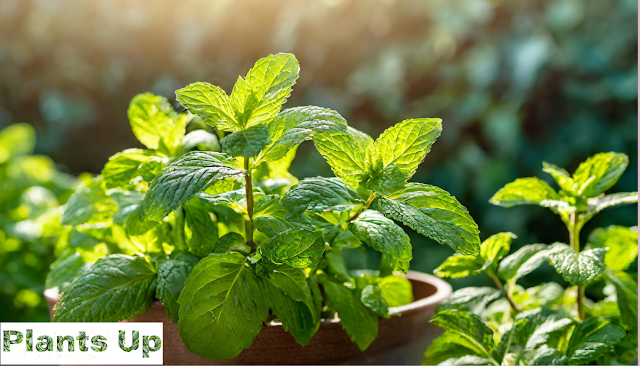 |
| Residential Gardening |
Residential Gardening started in the 19th Century. Through the late 13th Century, strong Europeans started to grow gardens concerning leisure and medicinal herbs and vegetables.
Gardening could be contained both as an art, involved with designing plants.
Numerous traditions influenced English gardening in the 18th Century, the first of which happened to plant woodlands around houses, Rooms.
Mughal Gardens in India
The Mughal Gardens are established at the back of the Rashtrapati Bhavan, combine both Mughal and English landscaping styles and feature a great kind of flowers. The Rashtrapati Bhavan gardens remain welcoming to the public in February every year.
 |
| Mughal Garden in India |
Main garden
Two channels moving North to South and two moving East to West distribute this garden toward a grid of squares. There exist six lotus-shaped fountains at the crossings like those channels. Whereas this energetic fountains growing to a height of 12 feet (3.7 m) produce a soothing murmur that fascinates the visitors, the channels exist so still in their movement that all appear frozen. In the channels at relevant times of day, the container is seen reflections of the impressive building and the pleasing flowers. There remain wooden platters placed on stands in the middle of the channels wherever grain is placed for the birds to feed simultaneously.
Terrace garden
There do two longitudinal layers of the garden, at a higher level on every side of the Main Garden, reaching the Northern and Southern boundaries. The plants originated to do the same as in the Main Garden. At the heart of both of the layers is a fountain, which befalls inwards, making a well. At the Western tips stay located two gazebos also at the Eastern tips two ornately originated guard posts.
Long Garden or the 'Purdha Garden'
The aforementioned remains located to the West from the Main Garden, also runs forward on every side of the central pavement which belongs to the circular garden. Embedded in walls about 12 feet high, that is predominantly a rose garden. That holds 16 square rose beds encased under low hedges. There exists a red sandstone pergola in the middle across the central pavement which implies covered beside Rose creepers, Petrea, Bougainvillea also Grape Vines. The walls stay covered beside creepers like Jasmine, Rhynchospermum, Tecoma Grandiflora, Bignonia Vanista, Adenoclyma, Echitice, Parana Paniculata. On the walls stay planted specific China Orange trees.
A Bonus Tip:
Do Residential Gardening because today it's very important due to pollution increase day by day you know that as well.
Thank you for taking the time to read about the fascinating history of residential gardening. We hope you found it informative and engaging. Understanding the origins of our modern-day gardening practices can help us appreciate the time-honored traditions and techniques that have shaped our relationship with plants and nature.
We invite you to continue exploring the world of gardening and horticulture, and to discover new ways to incorporate the beauty and benefits of plants into your own life. Thank you again for your interest in this topic and for supporting our passion for sharing knowledge about gardening and botany.
Happy Gardening!
Related Posts:


